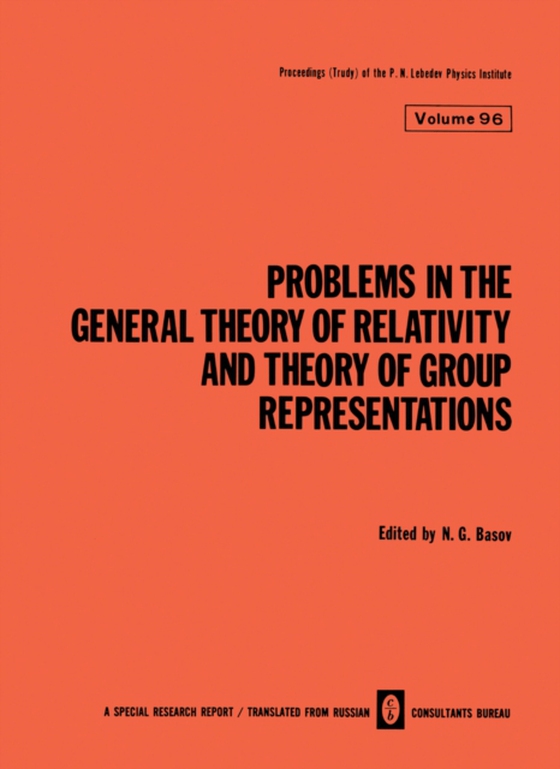
Problems in the General Theory of Relativity and Theory of Group Representations e-bog
436,85 DKK
(inkl. moms 546,06 DKK)
This collection contains survey articles dealing with the following topics: The Mach principle and its role in the general theory of relativity, the modern conception of the vacuum, new methods in the theory of Lie group representations, the coherent state method and its applica- tion to physical problems, and the Newman-Penrose method and its application to problems in general relativity theor...
E-bog
436,85 DKK
Forlag
Springer
Udgivet
6 december 2012
Genrer
Mathematical physics
Sprog
English
Format
pdf
Beskyttelse
LCP
ISBN
9781468406764
This collection contains survey articles dealing with the following topics: The Mach principle and its role in the general theory of relativity, the modern conception of the vacuum, new methods in the theory of Lie group representations, the coherent state method and its applica- tion to physical problems, and the Newman-Penrose method and its application to problems in general relativity theory. v CONTENTS On the Problem of Singularity in the De Sitter Model . . . . . . . . . . . . . . . . . . . . . . . . . . 1 v. K. Mal'tsev and M. A. Markov On the Integral Formulation of the Mach Principle in a Conformally Flat Space . . . . . . . . . . . . . . . . . . . . . . . . . . . . . . . . . . . . . . . . . . . . . . . . *. 9 v. K. Mal'tsev and M. A. Markov Canonical Transformations and the Theory of Representations of Lie Groups . ******** 25 A. N. Leznov, I. A. Malkin, and V. I. Man'ko The Newman-Penrose Method in the Theory of General Relativity. * * * * * * * * * * * ** * 73 * * V. P. Frolov vii ON THE PROBLEM OF SINGULARITY IN THE DE SITTER MODEL V. K. Mal'tsev and M. A. Markov *** The de Sitter solution in no way corresponds to the case of a world without matter, but corresponds rather to a world in which all matter is concentrated on the surface r = IT /2 which could proba bly be proved by taking the limit from a volume distri bution of matter to a surface distribution [1].
 Dansk
Dansk

